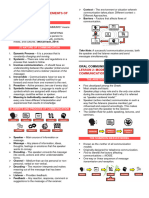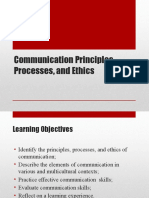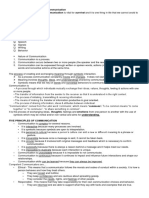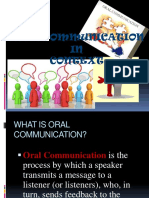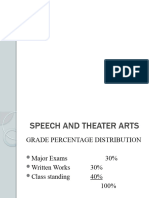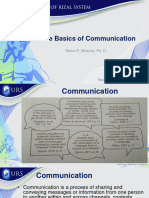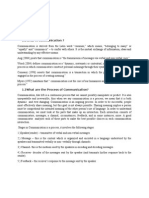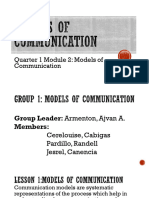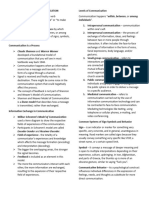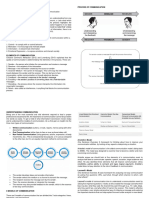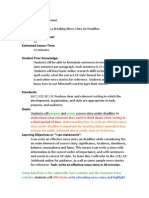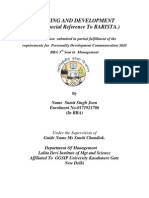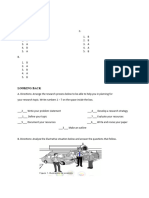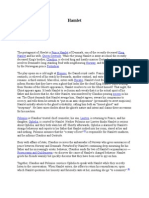0% found this document useful (0 votes)
6 views41 pagesComm Model Notes
Communication models are frameworks that help clarify the communication process, improve skills, and analyze real-life situations. They are categorized into linear, interactive, and transactional models, each with distinct characteristics and implications for understanding communication dynamics. Key theorists like Aristotle, Lasswell, and Shannon-Weaver have contributed foundational concepts that illustrate how messages are created, transmitted, and received, emphasizing the importance of context, feedback, and the roles of senders and receivers.
Uploaded by
cadalinsean155Copyright
© © All Rights Reserved
We take content rights seriously. If you suspect this is your content, claim it here.
Available Formats
Download as PPTX, PDF, TXT or read online on Scribd
0% found this document useful (0 votes)
6 views41 pagesComm Model Notes
Communication models are frameworks that help clarify the communication process, improve skills, and analyze real-life situations. They are categorized into linear, interactive, and transactional models, each with distinct characteristics and implications for understanding communication dynamics. Key theorists like Aristotle, Lasswell, and Shannon-Weaver have contributed foundational concepts that illustrate how messages are created, transmitted, and received, emphasizing the importance of context, feedback, and the roles of senders and receivers.
Uploaded by
cadalinsean155Copyright
© © All Rights Reserved
We take content rights seriously. If you suspect this is your content, claim it here.
Available Formats
Download as PPTX, PDF, TXT or read online on Scribd
/ 41


























